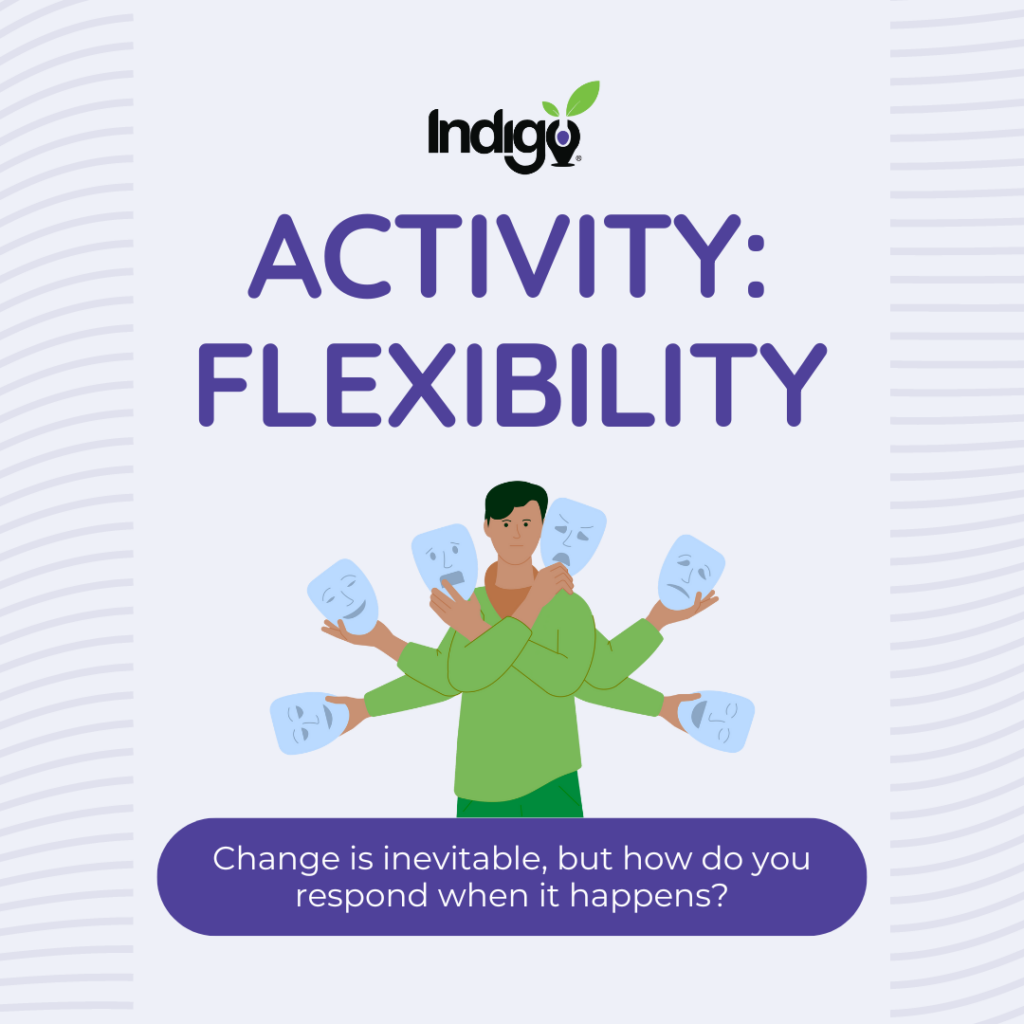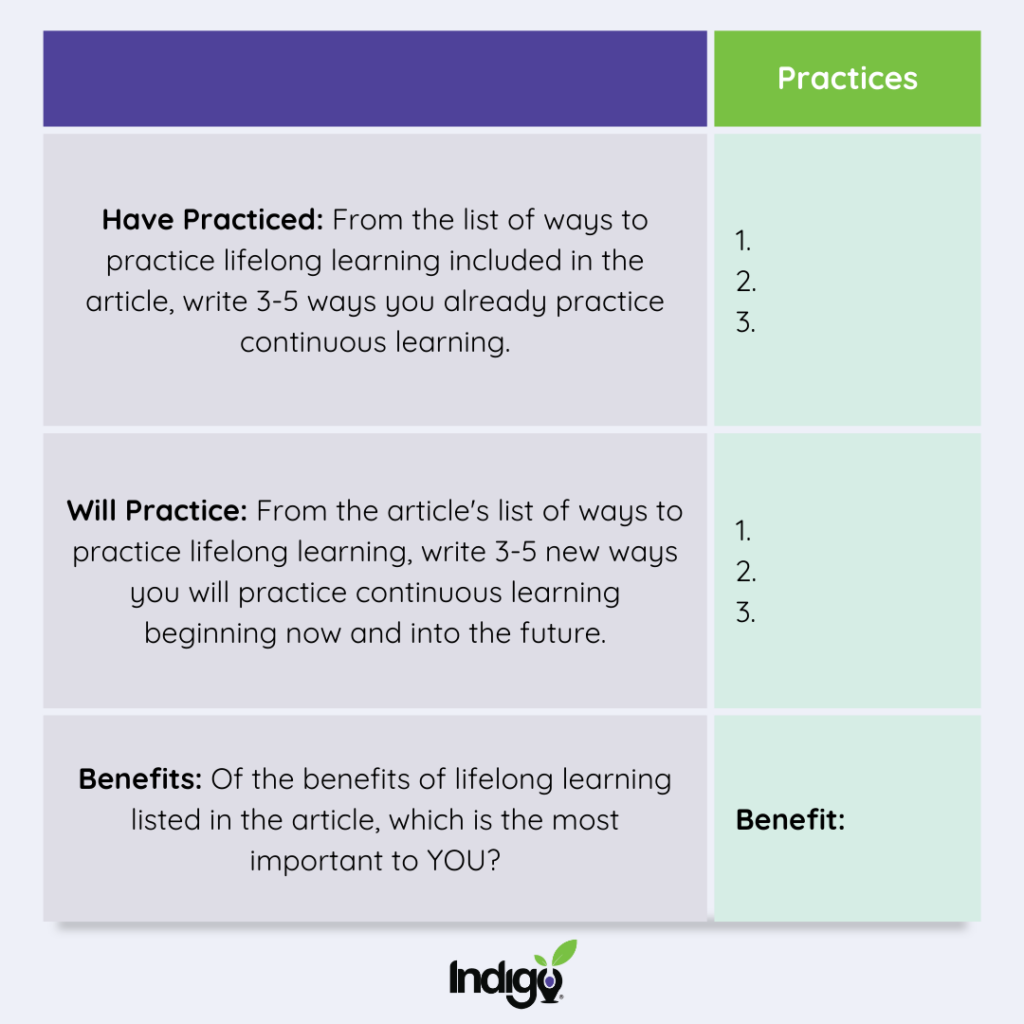Activity: Interpersonal Skills
Interpersonal skills are the foundation of successful relationships, both personal and professional. The ability to connect with others impacts everything from your day-to-day interactions at home and in the classroom, to the long-term success of your career.
If you can’t connect with the people around you, your personal, academic, and future professional life will suffer. How you are perceived by those around you plays a large role in things as minor as your day-to-day happiness at home and in class, and as major as the future of your career.
Developing strong interpersonal skills allows you to communicate more effectively, resolve conflicts, and gain the trust and support of those around you.
The Goal
Explore how you can build essential interpersonal skills by carefully observing those around you whose skills you particularly admire. Learn from their techniques and setting personal goals to enhance your own interpersonal abilities.
Step 1:
Make a point of observing people in your in your class who are particularly good at gaining support and agreement from others. Chose two classmates or people you know well whose interpersonal skills you admire. Notice what strategies and techniques they use and record these in response to the questions using the format of the chart below.

Step 2:
Based on your observations of your classmates, above, what is one goal you would like to set for further development of your own interpersonal skills?
*Adapted with permission from TTI International, Ltd. 2010.
Activity: Interpersonal Skills Read More »


















